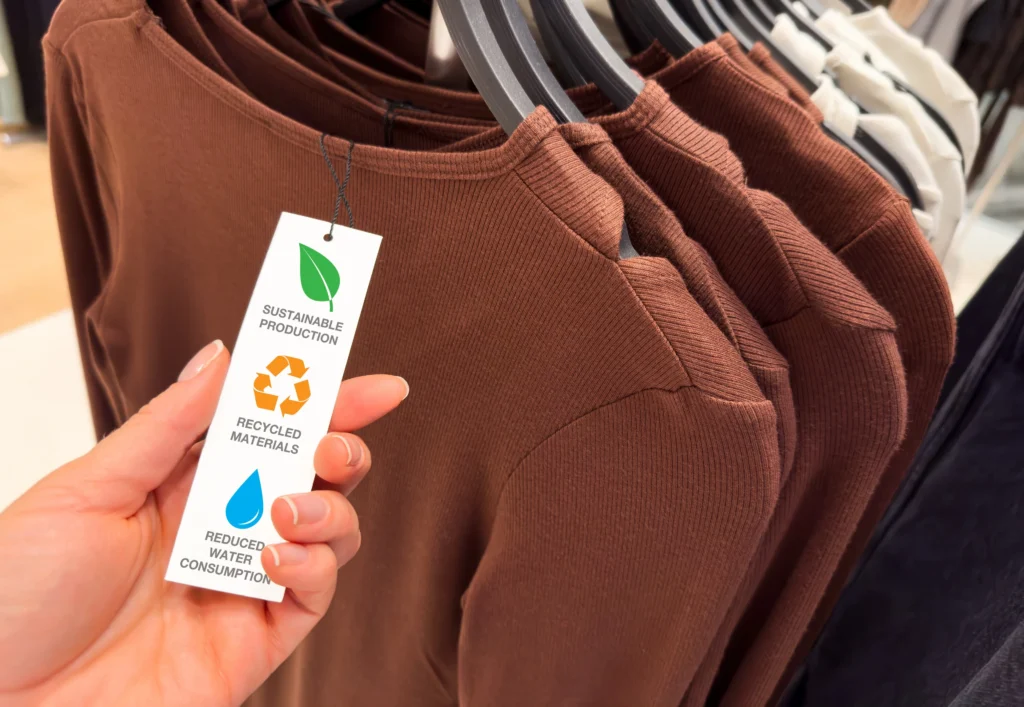Introduction
Sustainable fashion, also known as eco-fashion, is all about creating a more environmentally friendly and socially responsible fashion industry. It aims to reduce the negative impact of clothing production on the planet and promote better working conditions for those who make our clothes. This guide will help you understand the importance of sustainable fashion, its key principles, and how you can make a difference as a consumer.

Why Sustainable Fashion Matters
The fashion industry is a major contributor to environmental pollution and social inequality. Here are some reasons why sustainable fashion is essential:
- Environmental Impact: The fashion industry generates around 10% of global carbon emissions and consumes vast amounts of water. Toxic chemicals from dyeing and finishing processes often end up in our waterways, harming aquatic life and communities.
- Textile Waste: Fast fashion leads to a huge amount of textile waste. Millions of tons of clothes end up in landfills each year, many of which could have been reused or recycled.
- Labor Practices: Many garment workers are paid poorly and work in unsafe conditions. Sustainable fashion strives to improve these conditions by promoting fair wages and ethical labor practices.

Principles of Sustainable Fashion
Eco-friendly Materials
Sustainable fashion prioritizes materials that are kinder to the environment. These include:
- Organic Cotton: Grown without harmful pesticides and synthetic fertilizers.
- Hemp and Bamboo: Fast-growing plants that require less water and chemicals.
- Recycled Fabrics: Materials made from recycled plastic bottles or old garments.
Ethical Production
Ensuring fair wages and safe working conditions for garment workers is a core principle of sustainable fashion. Brands that practice ethical production are often transparent about their supply chains and may carry certifications like Fair Trade or GOTS (Global Organic Textile Standard).
Reduce, Reuse, Recycle

This principle encourages consumers to:
- Buy Less: Focus on quality over quantity.
- Reuse: Shop second-hand or vintage.
- Recycle: Participate in recycling programs or upcycle old clothes into new items.
Slow Fashion
Slow fashion is about taking a more thoughtful approach to buying clothes. It emphasizes quality, durability, and timeless styles rather than fleeting trends.
Local Production
Supporting local artisans and manufacturers can reduce the carbon footprint associated with shipping and boost local economies. It also helps preserve traditional crafts and techniques.

How to Support Sustainable Fashion
As a Consumer
- Educate Yourself: Learn about the brands you buy from and their practices. Websites like Good On You rate brands based on their sustainability efforts.
- Buy Less, Choose Wisely: Invest in high-quality pieces that will last longer. Think about the lifecycle of a product before purchasing it.
- Shop Second-hand and Vintage: Thrift stores, consignment shops, and online platforms like Depop and ThredUp are great places to find unique, sustainable pieces.
- Care for Your Clothes: Proper care can extend the life of your garments. Follow washing instructions, repair items when needed, and consider DIY alterations.
- Support Sustainable Brands: Choose brands that prioritize sustainability. Look for certifications and transparent practices.
As a Brand
- Transparent Supply Chains: Be open about where and how your products are made.
- Sustainable Materials: Invest in eco-friendly materials and innovative alternatives.
- Fair Labor Practices: Ensure fair wages and safe working environments for all workers.
- Reduce Waste: Implement practices to minimize waste, such as zero-waste pattern making and recycling programs.
- Educate Consumers: Provide information about your sustainable practices and why they matter.
Challenges and Future Directions
Challenges
- Cost: Sustainable materials and ethical practices can be more expensive, potentially leading to higher prices for consumers.
- Consumer Awareness: Many people are still not aware of the issues associated with fast fashion and the benefits of sustainable fashion.
- Scalability: Expanding sustainable practices to meet global demand is a significant challenge.
Future Directions
- Innovation in Materials: Developing new sustainable materials, like lab-grown leather or biodegradable synthetic fabrics, is a growing field.
- Circular Economy: Promoting a circular fashion economy where products are designed to be reused, remanufactured, or recycled.
- Policy and Regulation: Stronger regulations and policies can enforce sustainable practices across the fashion industry.

Conclusion
Sustainable fashion is more than just a trend—it’s a necessary change for the health of our planet and the well-being of people who make our clothes. By making informed choices, supporting ethical brands, and advocating for systemic change, we can all contribute to a more sustainable future in fashion.



